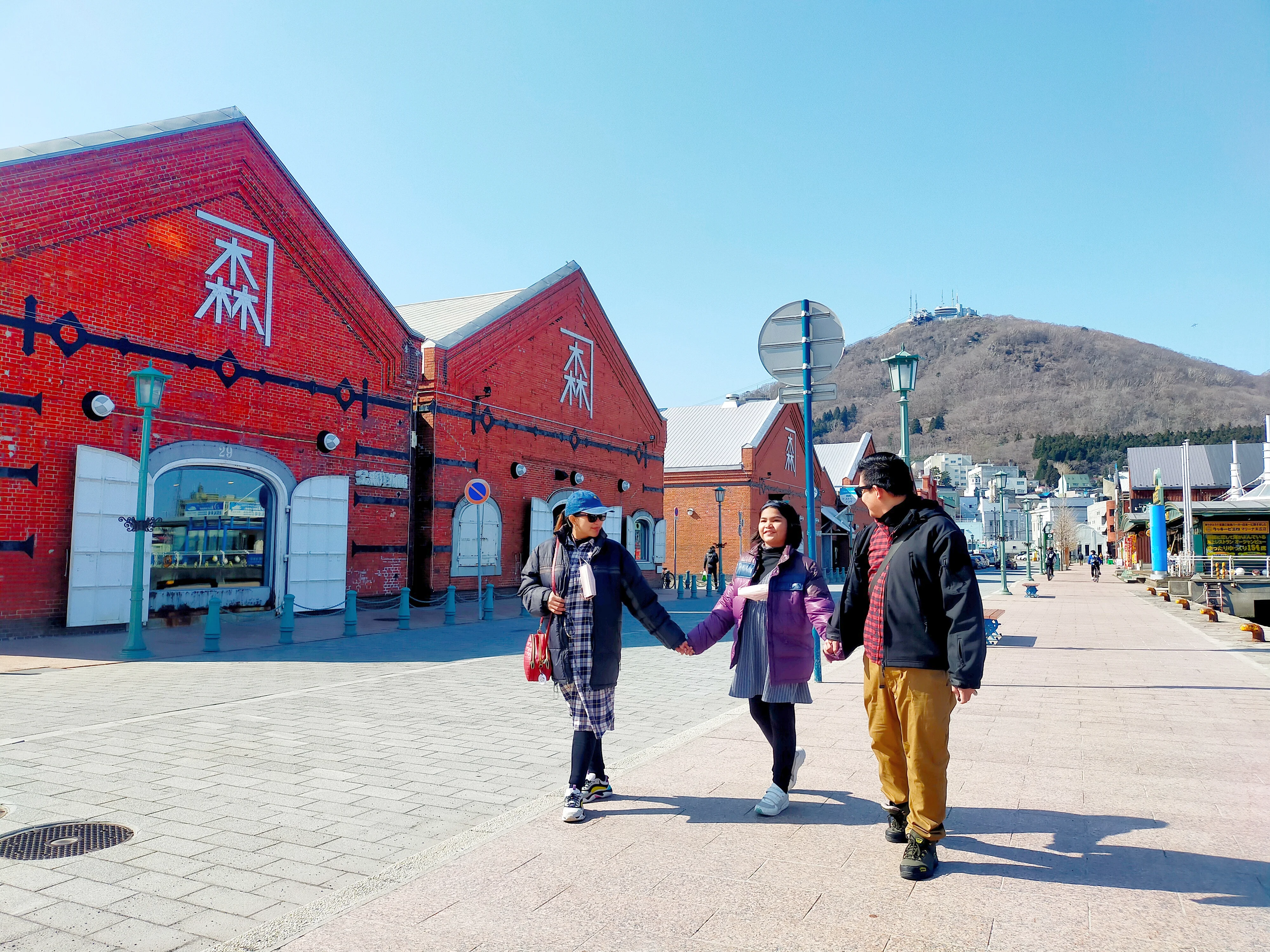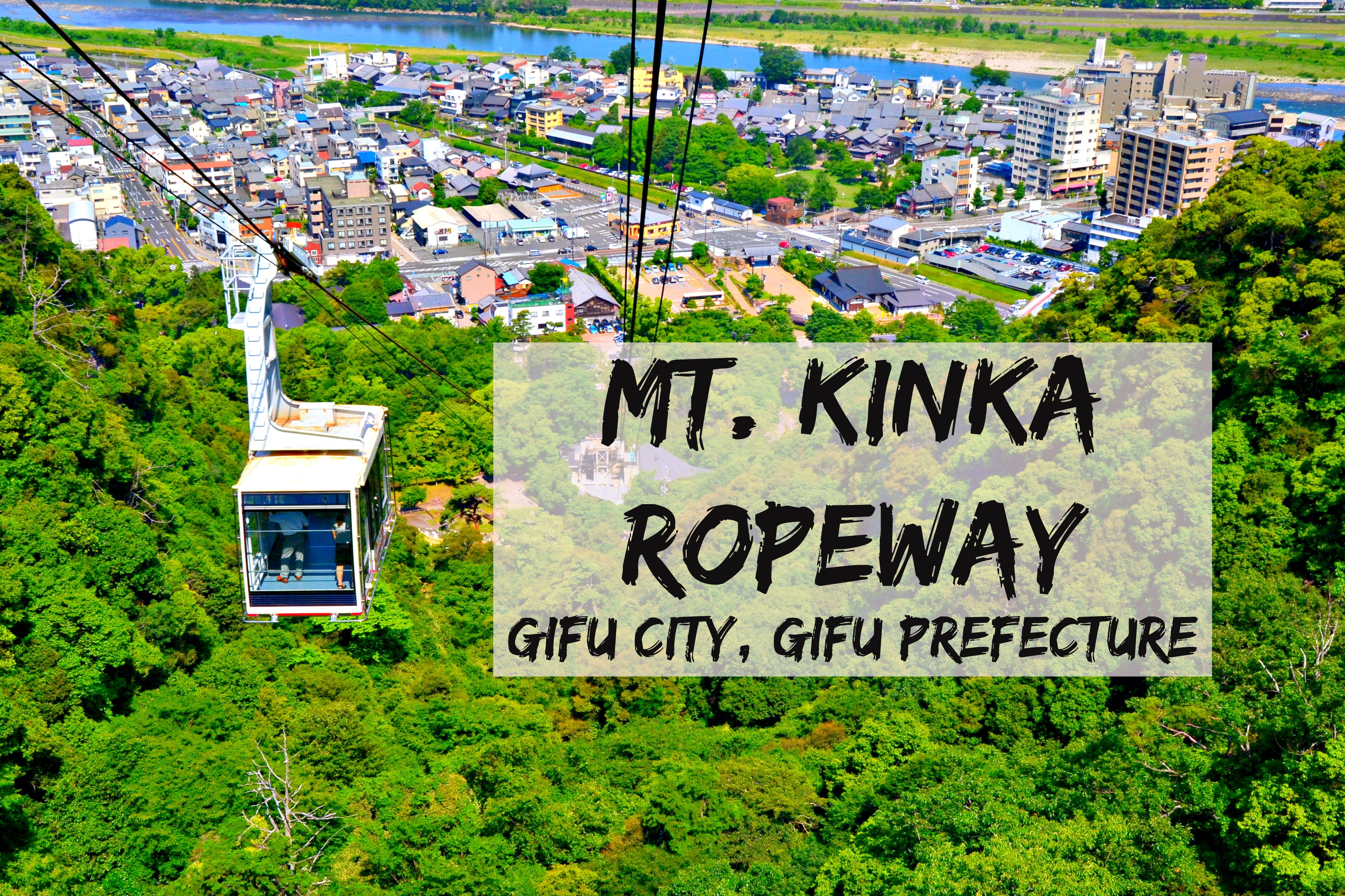Hakodate City Motomachi Suehirocho Traditional Buildings Preservation District - Hokkaido
 |
| Hakodate City Motomachi Suehirocho Traditional Buildings Preservation District |
Hakodate City Motomachi Suehirocho Traditional Buildings Preservation District Details
Hakodate’s Motomachi Suehirocho Traditional Buildings
Preservation District is a must-visit for history and architecture enthusiasts.
Stretching approximately 1.5 kilometers, this U-shaped area showcases a unique
blend of Japanese and Western influences. Every corner offers a glimpse into
the city's rich cultural tapestry from the historic Motoi-zaka slope to
Motomachi Park and down to the iconic red-brick Kanamori Warehouses near the
port.
A Glimpse into Hakodate’s History
Hakodate, known for its natural harbor, rose to prominence
in the late 18th century as a hub for maritime trade. The Tokugawa shogunate
established a magistrate's office in 1779, responding to perceived threats from
Russia's expansion. The city's global significance grew after the 1854 Treaty
of Peace and Amity with the United States, marking the opening of its port to
international trade. By 1859, Hakodate was one of Japan's first ports to
welcome foreign ships, fostering cultural exchange and architectural diversity.
Preserving a Storied Past
 |
| The walkway between the Catholic Church and the Orthodox Church |
 |
| There are plenty of places to visit in and around the preservation district |
The district has endured numerous fires, with major
reconstructions in the late 19th century shaping its current layout. Streets
were widened for fire prevention, creating the orderly grid seen today. Despite
these challenges, the area retains many of its original buildings, reflecting a
blend of traditional Japanese and Western architectural styles that emerged
during Hakodate's peak in the Meiji, Taisho, and early Showa periods.
Explore the Preservation District
1. Historic Landmarks and Religious Heritage Area
 |
| Hakodate Episcopal Church |
 |
| Roman Catholic Church of Hakodate Motomachi |
 |
| Hakodate Russian Orthodox Church |
 |
| Old Public Hall of Hakodate Ward |
The area around the Former Hakodate Ward Public Hall and the
Hakodate Orthodox Church of the Resurrection showcases Western-style public
buildings and religious landmarks. These structures highlight the influx of
foreign cultures during the city’s early days as an international port. Wander
through residential areas where Japanese, Japanese-Western, and Western-style
homes coexist, offering a unique architectural mix.
2. Kanamori Warehouses and Portside Area
 |
| Kanemori Red Brick Warehouse |
The Kanamori Warehouses are a testament to Hakodate's
prosperity as a port town. These red-brick buildings, alongside historic
seafood merchants’ homes, reflect the city’s commercial heritage and blend
traditional Japanese and Western designs. Today, the area is a lively hub
featuring shops, restaurants, and museums.
Team Nicerio visits Hakodate Motomachi Suehirocho Traditional Buildings Preservation District
During the 2nd and 3rd days of our
3-day Birthday Road Trip last April 2 and 3, 2023, my family and I explored the
historic Hakodate City Motomachi Suehirocho Traditional Buildings
Preservation District. It was my 517th and 518th days in Japan as an ALT under the JET Programme, making the visit even more special. On the first day, we
visited the areas surrounding the Former Hakodate Ward Public Hall and the
Hakodate Orthodox Church of the Resurrection, marveling at the historic
churches that highlight the district’s blend of Japanese and Western
influences. The sloping streets and beautiful architecture provided a
picturesque and serene atmosphere.
 |
| Team Nicerio visits Kanemori Red Brick Warehouse |
On the second day, before leaving the city, we explored the Kanamori Warehouse area, where the iconic red-brick buildings, once central to Hakodate’s port activities, now house shops and restaurants. Each area had its own distinct charm, from the historical significance of the churches to the rustic, lively vibe of the warehouse district. While we enjoyed our time, we barely scratched the surface of this historic district and look forward to revisiting it in the future to explore every nook and cranny. Hakodate’s Motomachi Suehirocho is truly a treasure for anyone who appreciates history, architecture, and culture.
Hakodate City Motomachi Suehirocho Traditional Buildings Preservation District Admission Fee
It’s FREE to explore the Hakodate City Motomachi Suehirocho Traditional Buildings Preservation District; however, if you are bringing your car, expect that you will need cash for parking fees.
Hakodate City Motomachi Suehirocho Traditional Buildings Preservation District Operating Hours
The district is open 24/7, allowing visitors to explore its
charming streets at any time. However, operating hours vary for each building,
so it’s best to check the schedule of individual destinations beforehand to
make the most of your visit.
Why Visit Hakodate City Motomachi Suehirocho Traditional Buildings Preservation District?
With its 14.5-hectare preservation district, Hakodate’s
Motomachi Suehirocho area offers a picturesque walk through time. From the
exotic streetscapes shaped by foreign influences to its enduring architectural
charm, this historic district is a shared cultural treasure cherished by locals
and visitors alike.
Plan your visit to explore Hakodate’s rich heritage, marvel
at its unique architecture, and immerse yourself in its vibrant history.
Whether you’re strolling along the slopes or enjoying the port's scenic views,
this historic gem promises an unforgettable experience.
Getting to Hakodate City Motomachi Suehirocho Traditional Buildings Preservation District
As the Hakodate City Motomachi Suehirocho Traditional Buildings Preservation District is divided into two areas, it would be helpful to include clear directions on how to easily access each area from Hakodate Station.
Historic Landmarks and Religious Heritage Area
Kanamori Warehouses and Portside Area
Ratings
| Cleanliness |
| Overall rating |
 |













Comments
Post a Comment